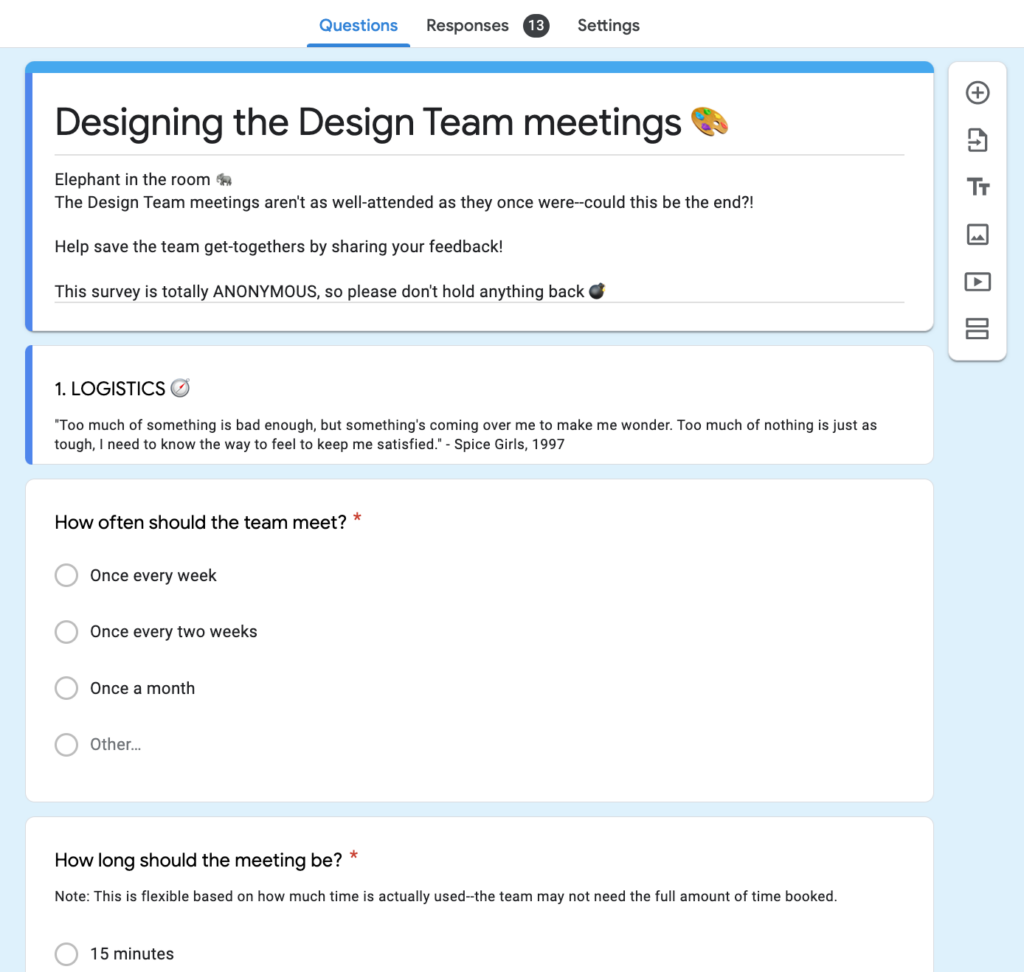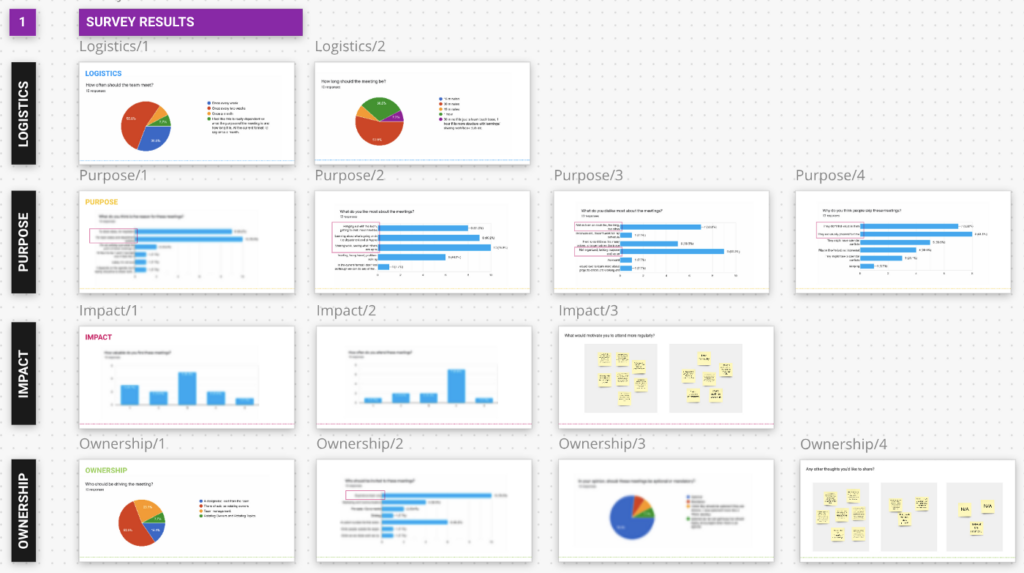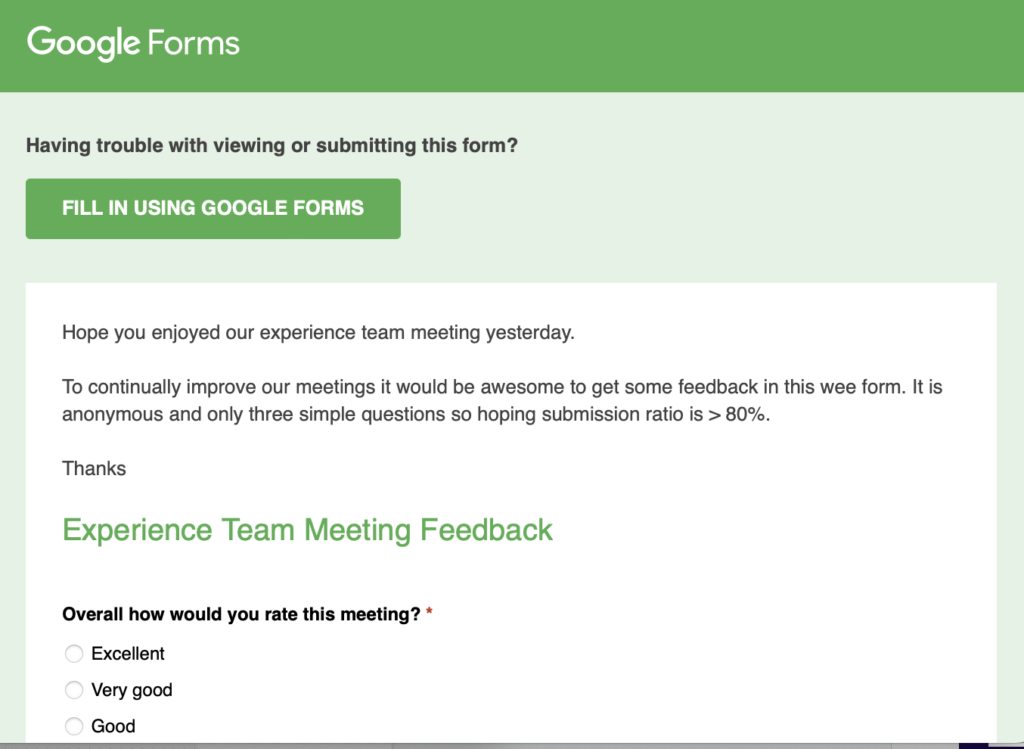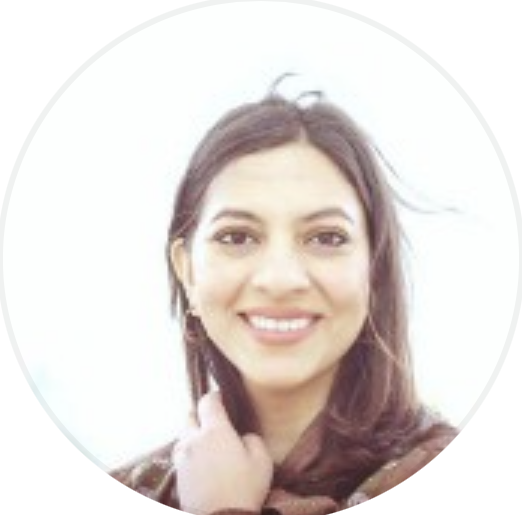“A meeting is something that enables us to achieve an outcome that we can’t achieve without it, measured in an agreed upon fashion…A meeting is a mechanism for creating change in your work.” (Kevin Hoffman in Meeting Design, page 14)
Meetings, now more than ever, are an integral part of our work day. The changes in the way we work have made some people a bit too trigger happy when it comes to setting meetings without an understanding of what makes for an effective meeting, or any idea about what to do to make them successful.
If you are a DesignOps person, and if you find yourself setting up weekly design meetings but see low participation, disinterested audience and a progressively diminishing attendance, it is very likely that something is missing from the way you have planned these meetings. Rather than revising the format of the meeting based on your assumptions, one way that you could remodel meetings is by adopting some methods popularised by Design Thinking.
Empathise through surveys or interviews
Launch a discovery survey to find out the reason why the designers and researchers on your team are not keen on the meeting. Design the survey to gather some data around questions like:
- What are some of the logistical issues of the current meetings (frequency, length)
- What is the team’s understanding of the purpose of the meeting? (what do they like/dislike most about it)
- What is the team’s understanding of the impact these meetings have? (what would motivate people, how does it fit in with the rest of the day?)
- What are the team’s thoughts around ownership? (Rotating? If so, how is the owner picked?)
If you have time, you could also do some one on one interviews with the team. The goal is to gather data that helps you understand the needs of your audience, so you can empathise with them.

Co-create to innovate
Once you have the survey results, plan a session with your design and research team. Create exercises that help you work together to synthesise, and draw insights from the data. The goal of this session should be to define the main problems and align to decisions about:
- How do we create action items based on the data that we have gathered (for example, if 64% of people prefer rotating owners of the meeting, how do we go about operationalizing that; do we need to create a poll, or ask for volunteers?)
- Who will be responsible for each of the action items that were decided in the meeting?
- How will we measure the success of the meeting?


Meeting prototypes
In the book ‘Designing your Life’ Bill Burnett and Dave Evans mention that
“When we use the term ‘prototyping’ in design thinking we do not mean making something to check whether your solution is right… (it) is about asking good questions, outing our hidden biases and assumptions, iterating rapidly, and creating momentum for a path we’d like to try out.” (page 112)
Keeping the goal mentioned in the quote above in mind, try out a few different styles of meetings. Let this be a fun exercise to test some ideas that you collectively thought of during your co-creation sessions.
Rinse, repeat
In the tradition of keeping the ‘users’ involved throughout the process, make sure you keep the feedback loop going. Keep testing out a few ideas until you hit the impact indicators you had identified in your co-creation sessions.

Try to keep the feedback forms short and to the point, because you don’t want people to spend a lot of time on it. Since your designers and researchers are very busy, the shorter the survey, the more likely it is that you will get answers.
In closing
Meetings are a core DesignOps function, and give you opportunities to expand design intelligence through a sharing of ideas. Well-designed meetings are a wonderful way to add value to your work and give you a rewarding collective sense of progress. Involving your team in the process of designing meetings helps in creating allies; your team will be more invested in helping you create a better outcome for the meeting if they feel they had a say in how you planned it.
Meetings don’t have to be snoozefests, you can use Design Thinking tools to deliberately plan the structure and outcome of your meetings to make them productive, creative sessions that you and your team look forward to attending. Investing in enhancing everyday routine processes is a great way to motivate your team and create great design together.








